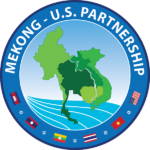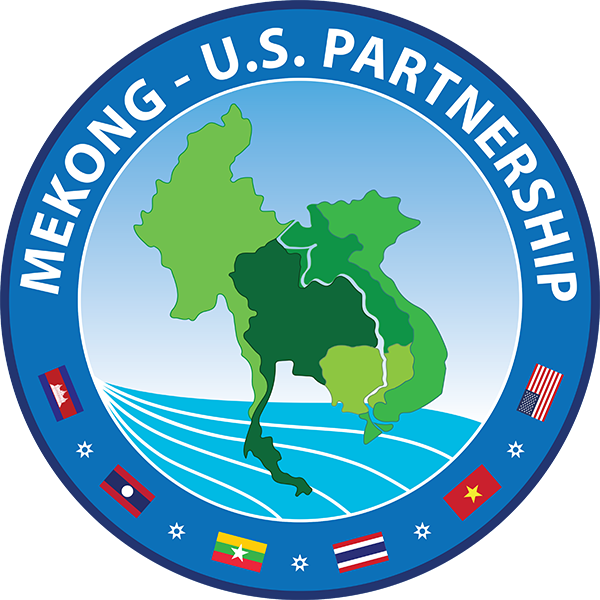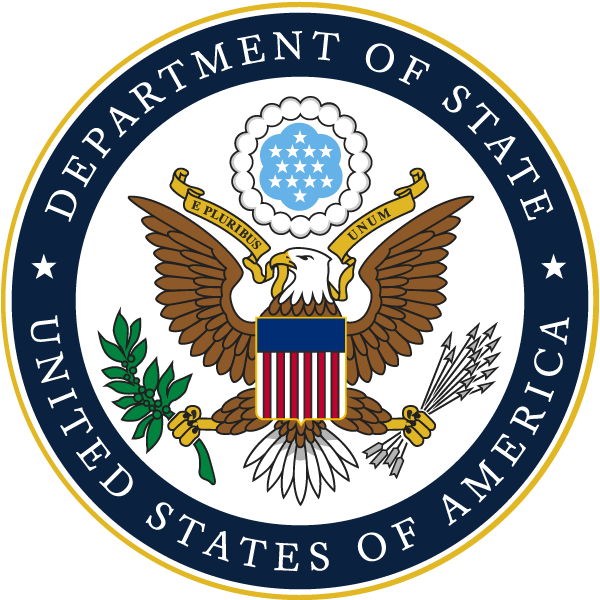When I sit in Phnom Penh’s traffic, I watch with astonishment as motorbikes (motos), tuk-tuks, bicycles, and pedestrians compete for space on the road with cars and trucks. Cambodians are very resourceful at navigating through traffic, but that has not stopped the country’s number of fatal road accidents from rapidly rising over the past decade. Each year, traffic accidents in Cambodia kill nine times more people than malaria, dengue fever, HIV/AIDS, and landmines combined. As the volume of traffic continues to increase, many people recognize an urgent need to improve road safety and strengthen the traffic management system to support Cambodia’s economic growth.
Keeping in mind the tragic statistics that I mentioned above, road safety must be an important consideration when managing a transportation system. Many traffic deaths can be prevented by improving road design and raising safety awareness. For example, the simple practice of wearing helmets can save the lives of many moto drivers and passengers, who account for three-quarters of all the traffic deaths in Cambodia. To help put a stop to such unnecessary road crash injuries and fatalities, the U.S. government is implementing a two-year program on helmet safety with the Asia Injury Prevention Foundation.
Another example of our support for road safety is the Road Management Workshop taking place in Phnom Penh this week. The workshop, jointly conducted by experts from the United States Army Corps of Engineers and the Singapore Land Transport Authority, is providing transportation officials from Cambodia, Laos, Myanmar, Malaysia, Thailand, and Vietnam an enhanced understanding of good design and practices in road management and traffic safety. As part of the Lower Mekong Initiative, this type of training offers a forum to share best practices and build capacity across these countries.
On Monday of this week, my deputy Julie Chung spoke on behalf of the U.S. Embassy at the Road Management Workshop. She emphasized how developing a strong understanding of road management and traffic safety will save lives while also contributing to building a more connected and prosperous ASEAN region. Better and safer roads connecting the members of ASEAN will allow each country to take full advantage of economic benefits that result from the greater flow of people, goods, and services across borders. A better traffic system will also reduce the logistical costs of doing business in Cambodia, helping to attract more foreign investment, and create more and better-paying jobs for Cambodian citizens.
The workshop demonstrated the U.S. commitment to working within the Lower Mekong Initiative to strengthen connectivity and infrastructure. This will be more important than ever as Cambodia and its neighbors prepare for the ASEAN Economic Integration in 2015. I believe that as regional development gains pace, the ability of Cambodia to work together with its neighbors will allow it to move further and faster toward the goal of increasing prosperity for all of its citizens.
Let’s continue to work together for greater road safety. Our efforts to improve the management of roads and traffic will go a long way toward saving lives and bringing about a better quality of life for Cambodians and people in the region. For more information on the Lower Mekong Initiative, please check this website: http://lowermekong.org/home
What do you think is most important thing you can do to improve safety on Cambodia’s roads?
By William E. Todd, U.S. Ambassador to Cambodia
Source URL: http://blogs.usembassy.gov/todd/improving-road-safety-in-cambodia/
Related story: Lower Mekong Initiative Road Management II Workshop
 Mekong - U.S. Partnership
Mekong - U.S. Partnership


